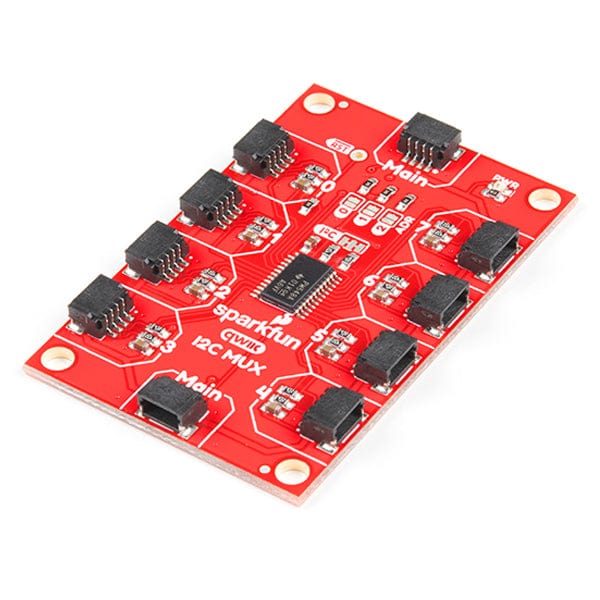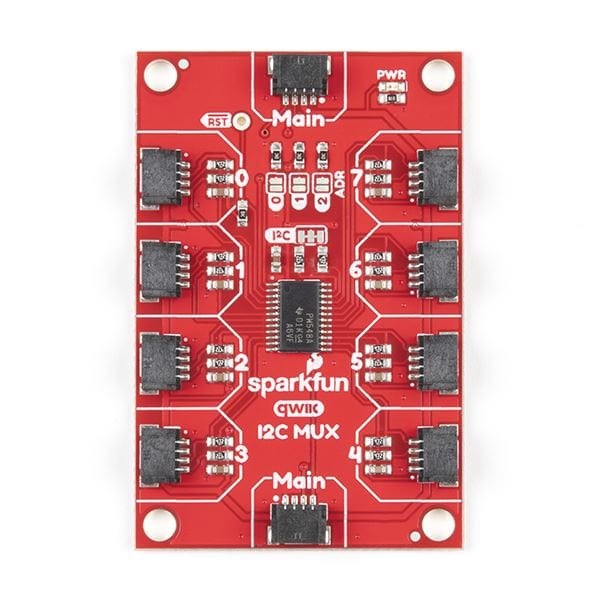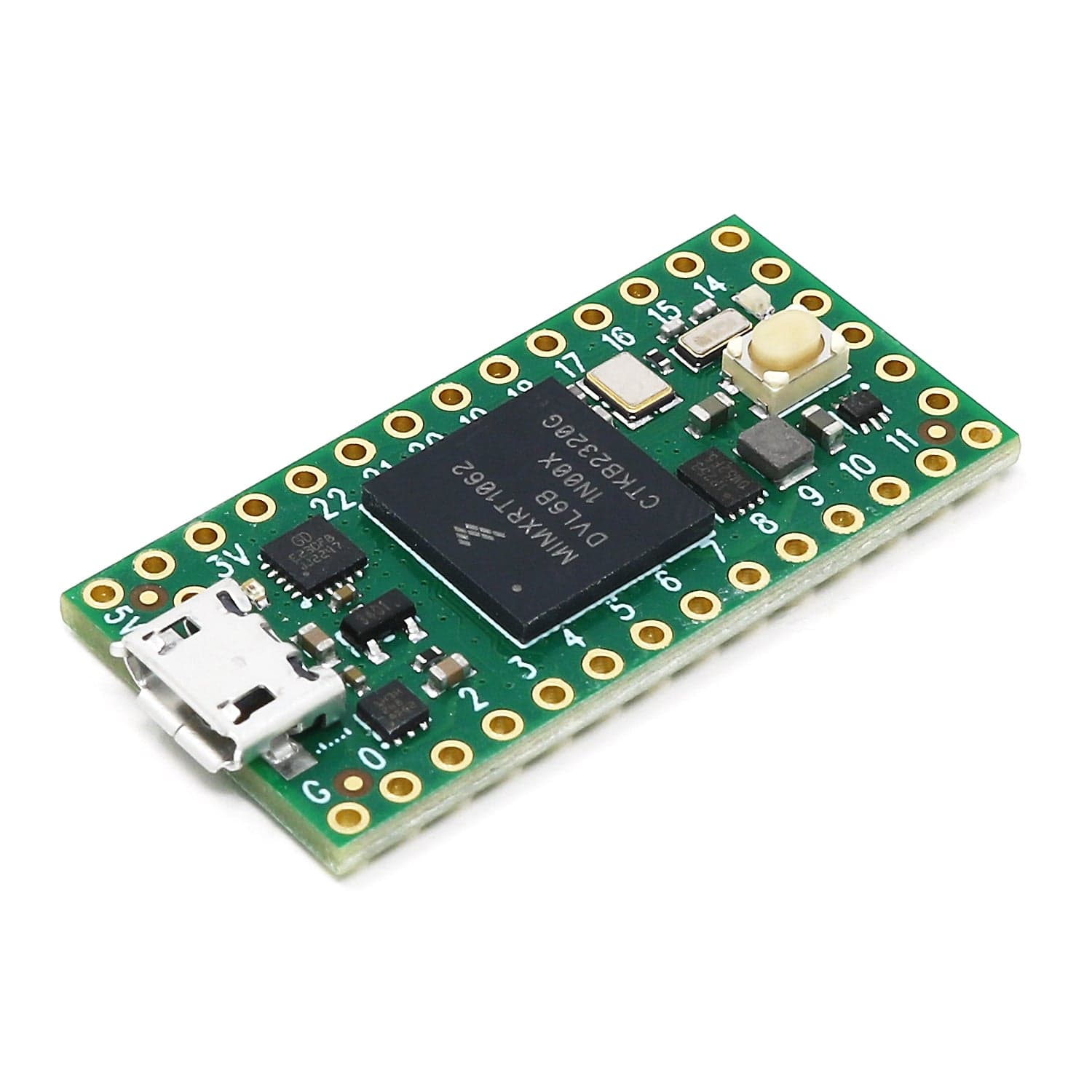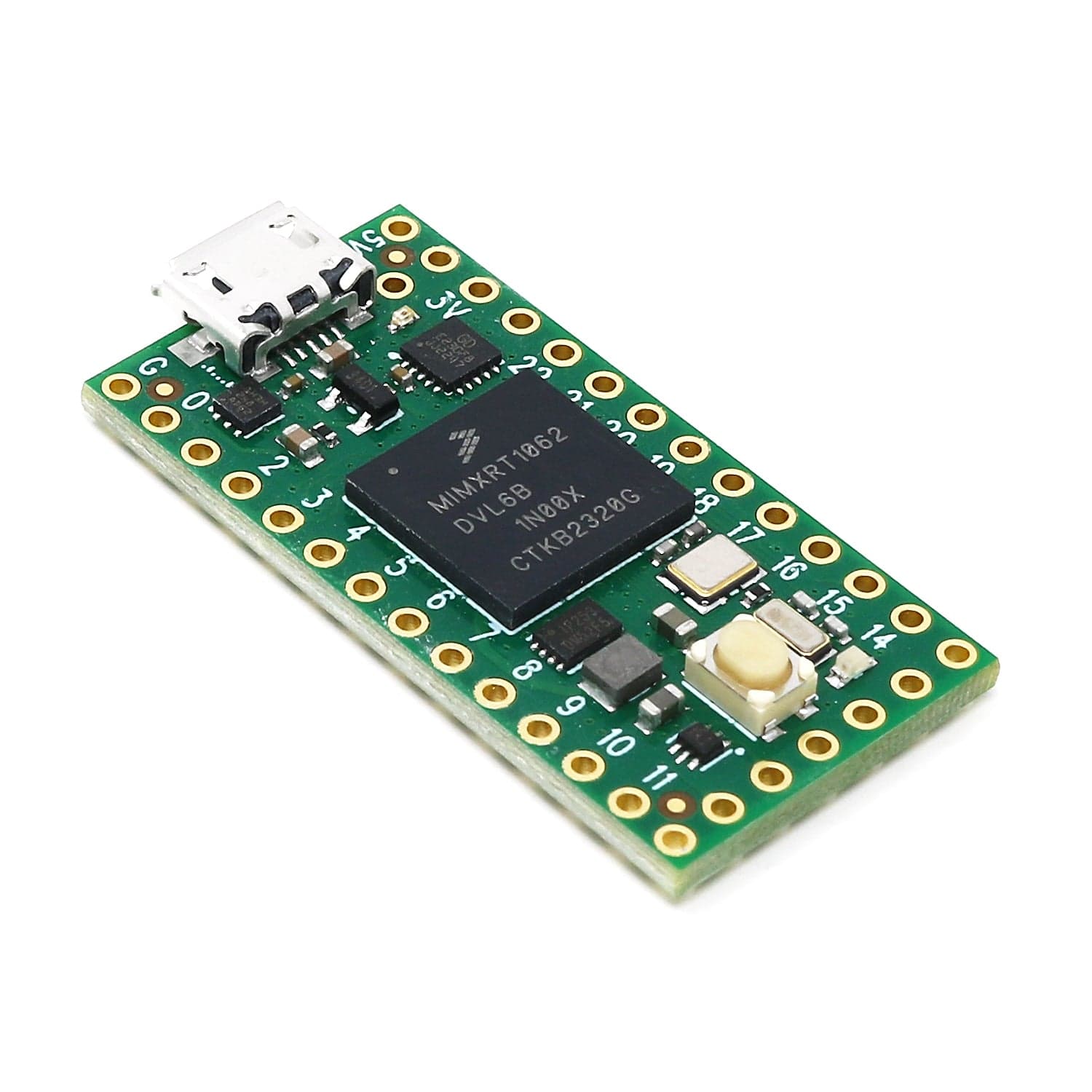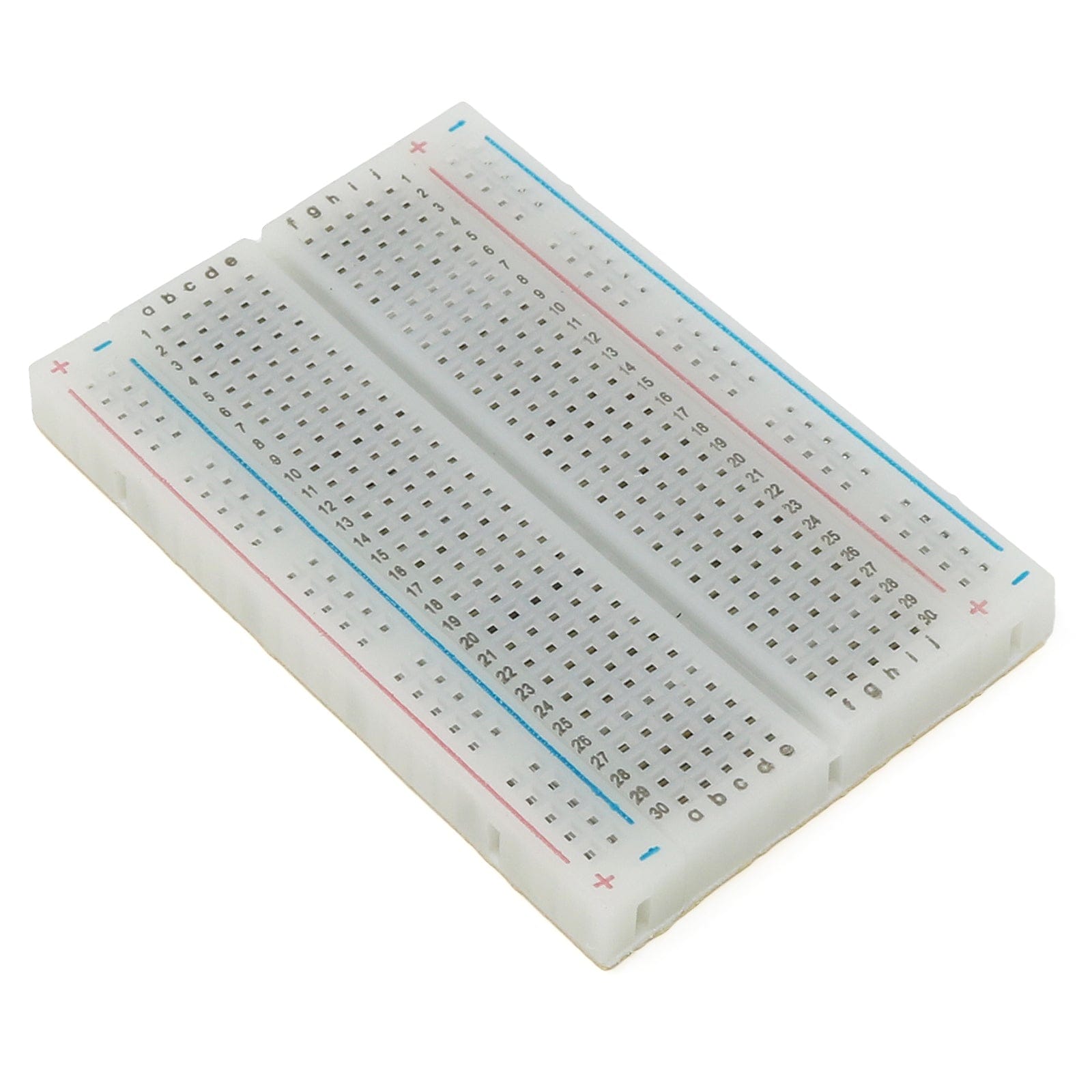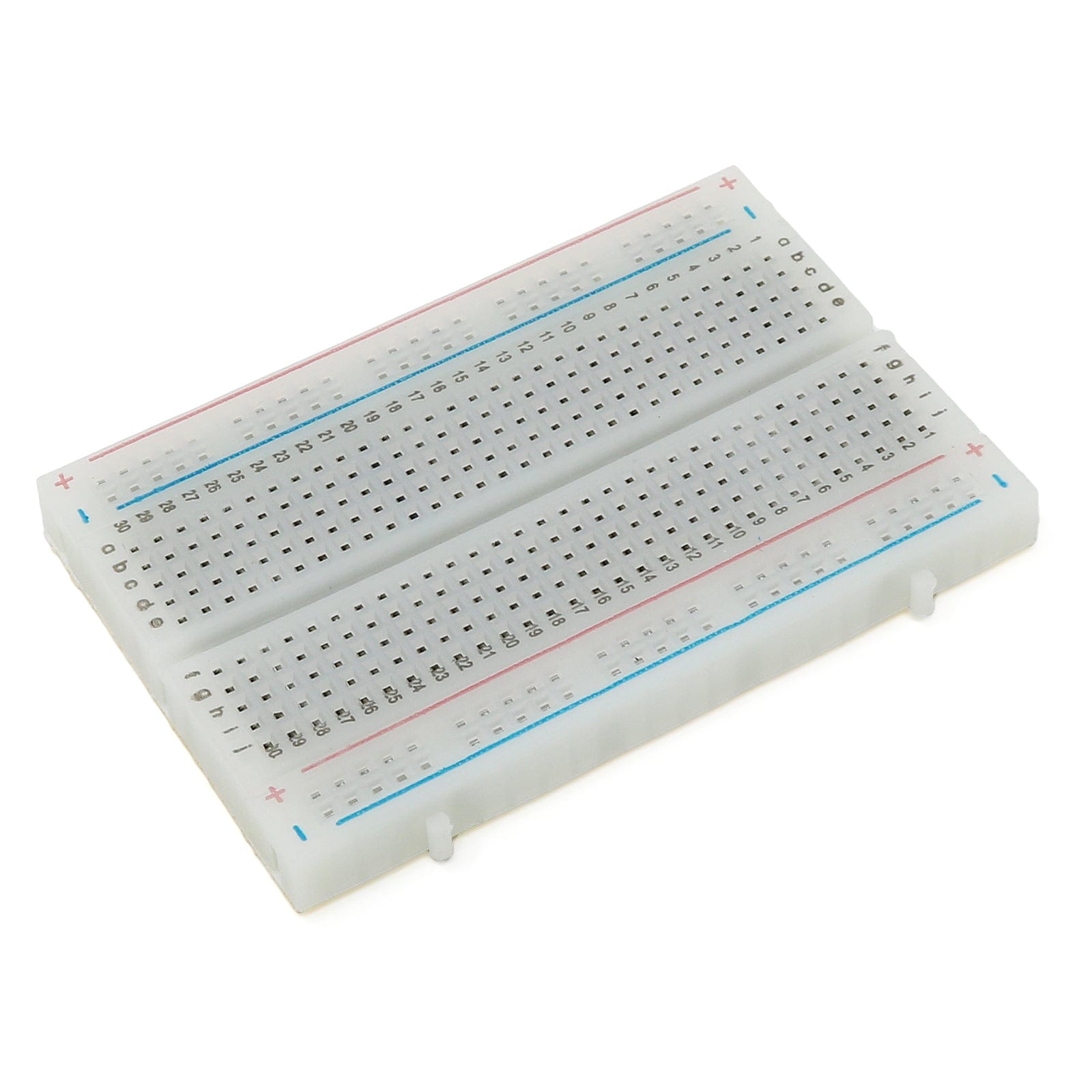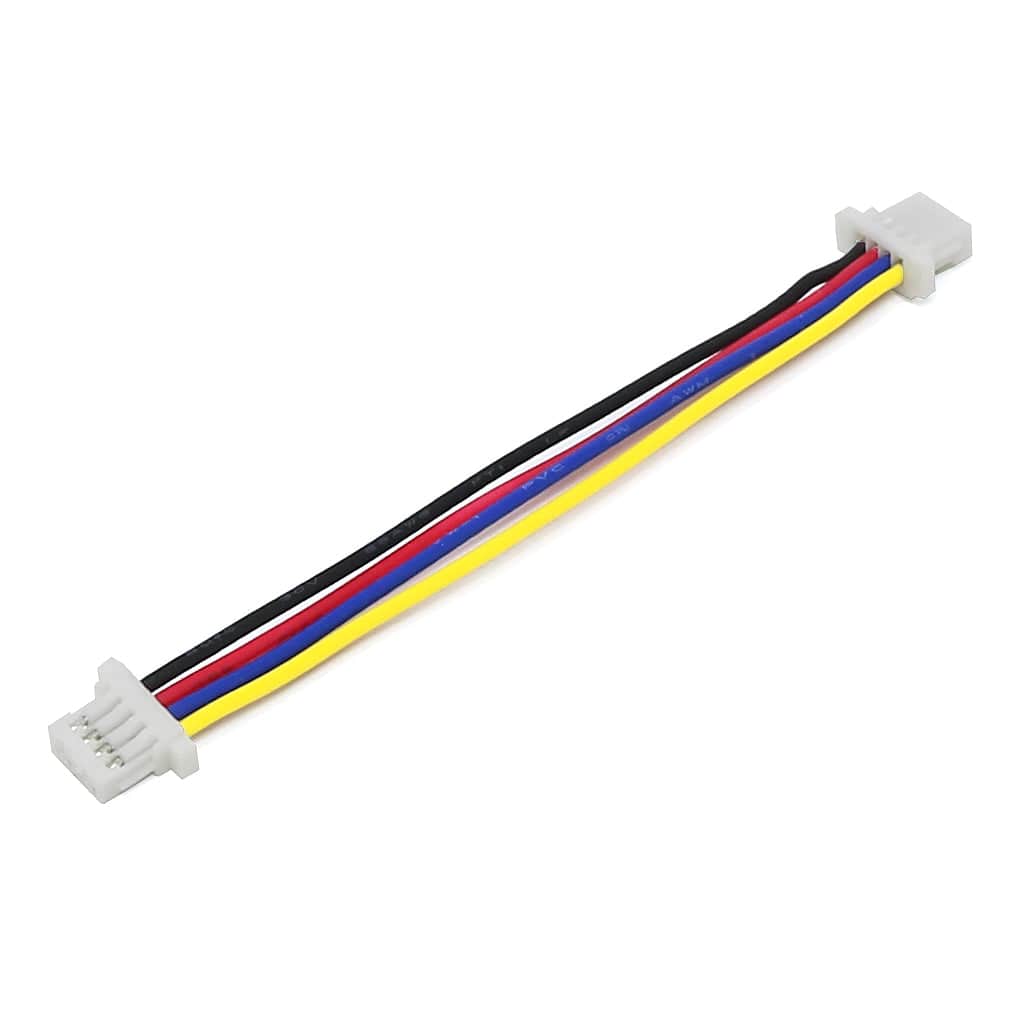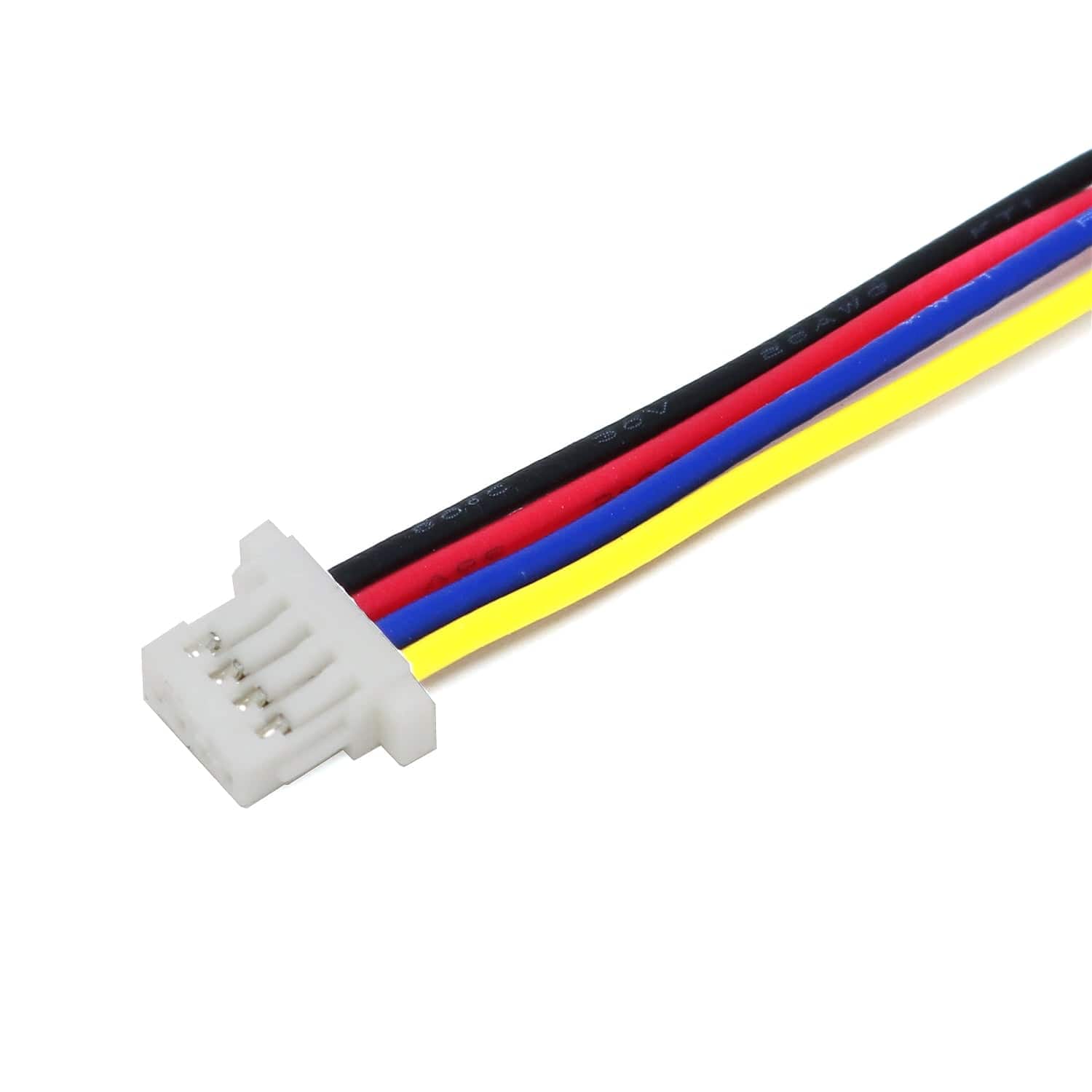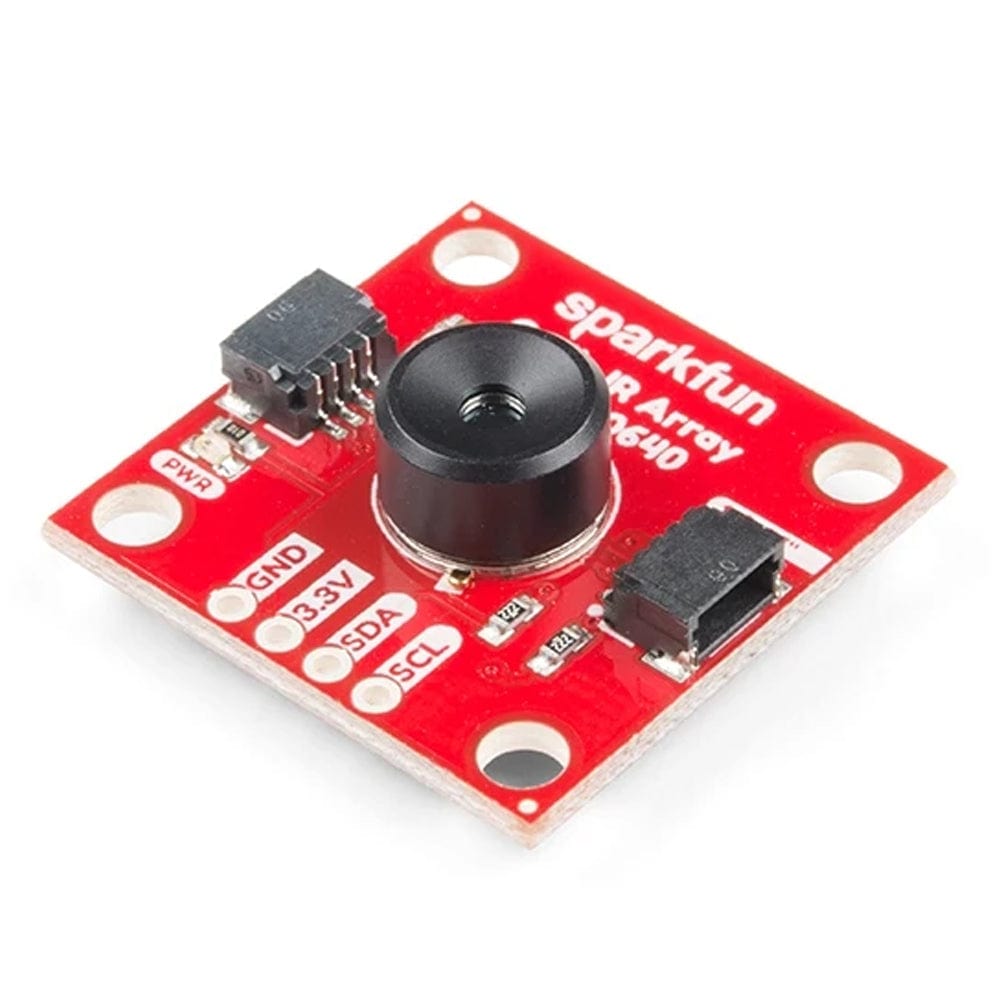
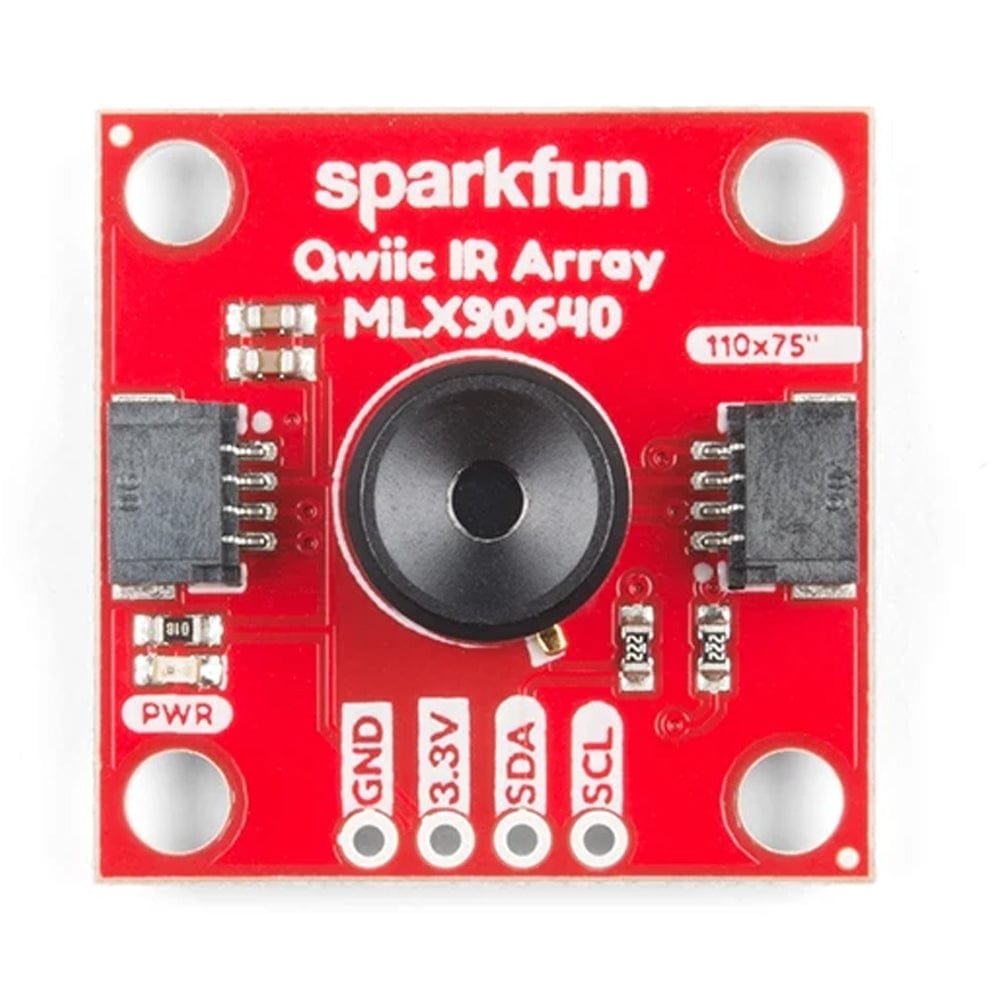
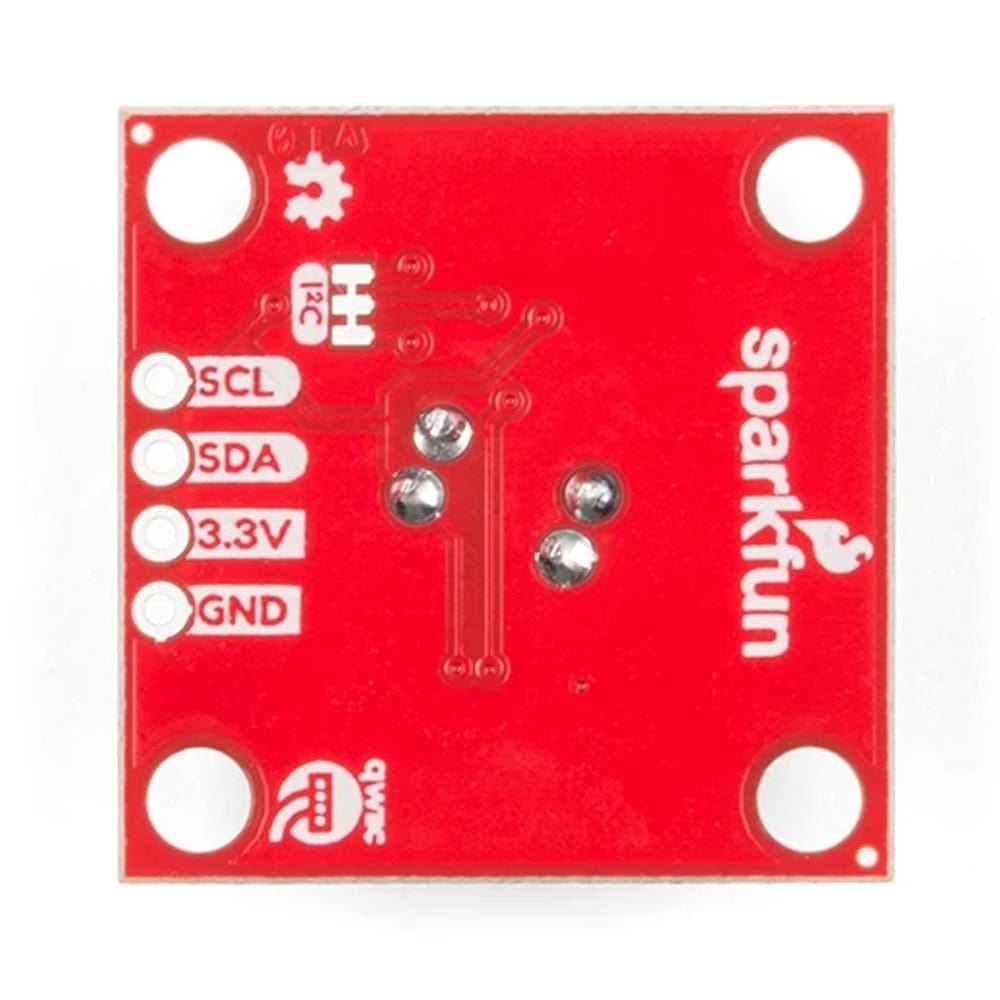
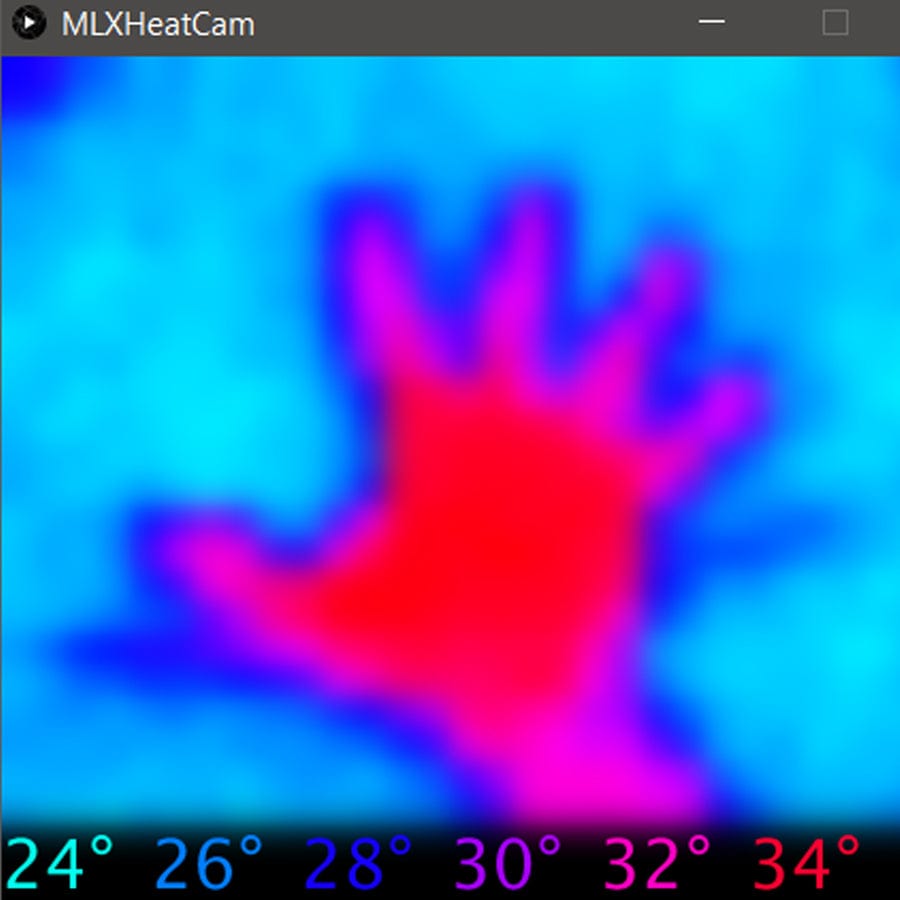
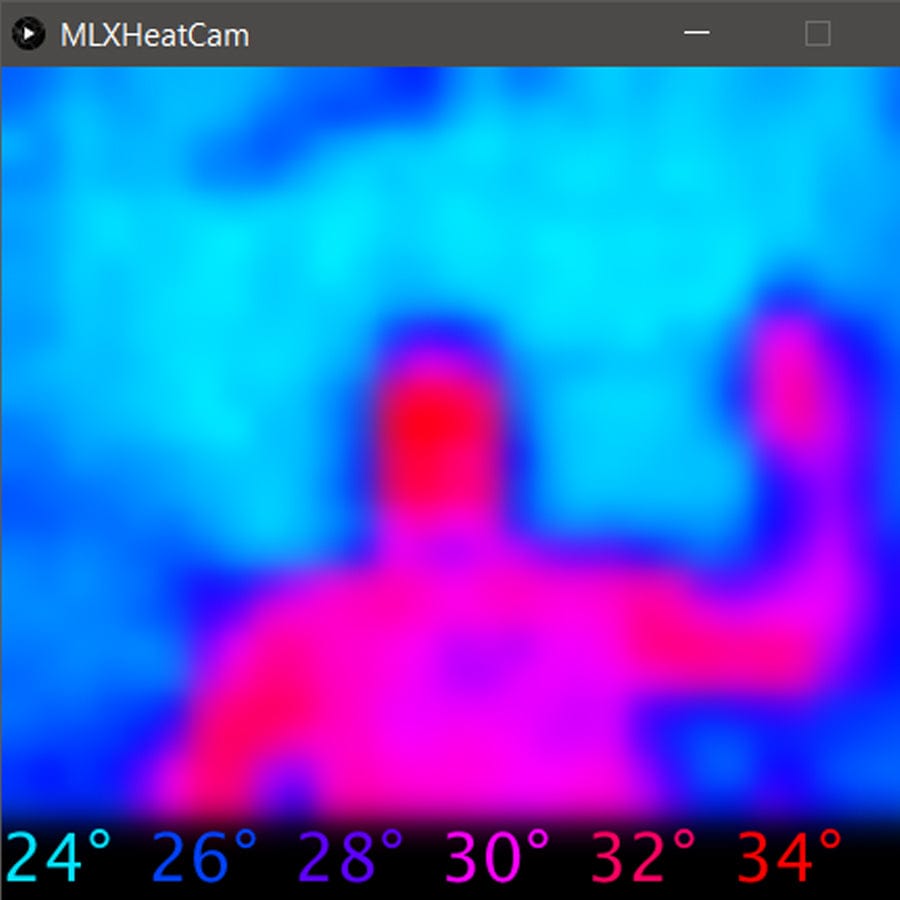
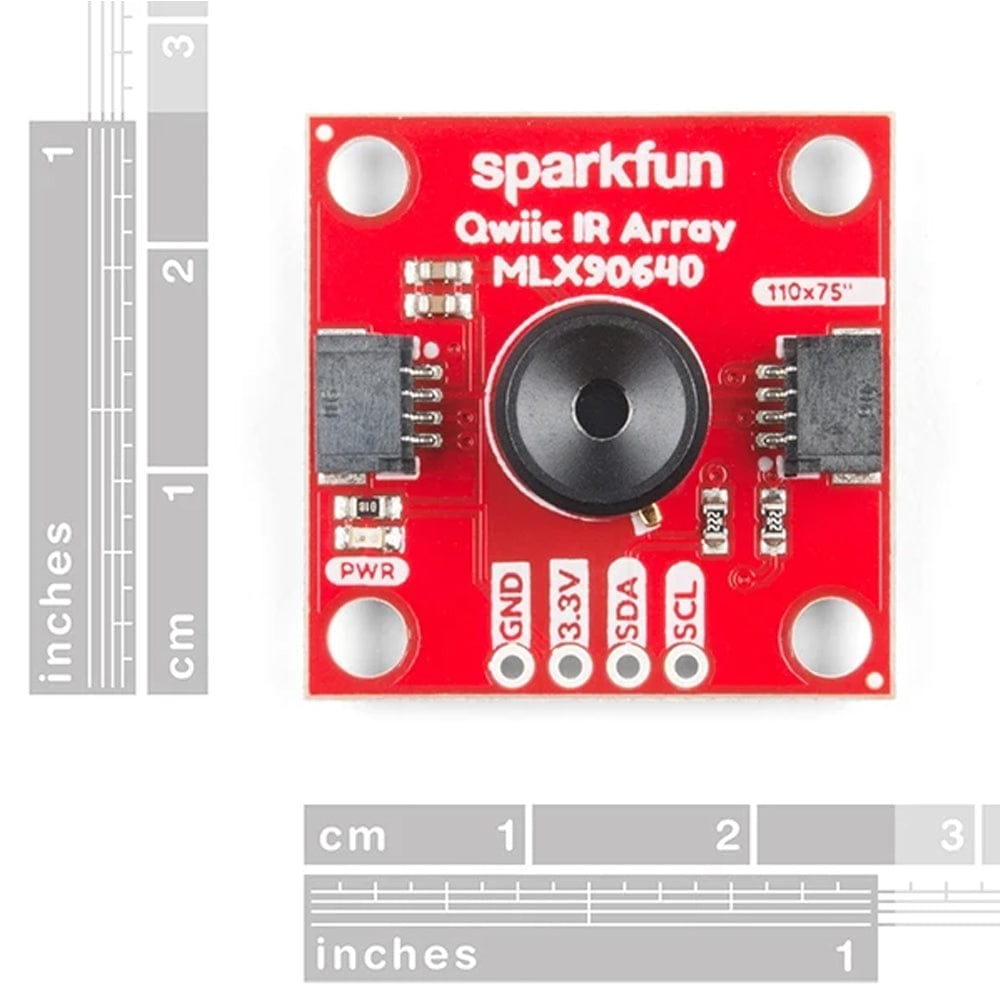
Login / Signup
Cart
Your cart is empty






The SparkFun Qwiic connect system is an ecosystem of I2C sensors, actuators, shields, and cables that make prototyping faster and less prone to error. All Qwiic-enabled boards use a common 1mm pitch, 4-pin JST connector. This reduces the amount of required PCB space, and polarized connections ensure that it can’t be hooked up incorrectly.
It's time to say hip hip array for this IR Breakout! The MLX90640 SparkFun IR Array Breakout is equipped with a 32x24 array of thermopile sensors, creating, in essence, a low-resolution thermal imaging camera. With this breakout, you can detect surface temperatures from many feet away with an accuracy of ±1.5°C (best case). To make it even easier to obtain your low-resolution infrared image, all communication is conducted exclusively via I2C, utilizing our convenient Qwiic system. However, we still have broken out 0.1"-spaced pins in case you prefer to use a breadboard.
This specific IR Array Breakout features a 110 ° x 75 ° field of view with a temperature measurement range of -40 °C to 300 °C. The MLX90640 IR Array has pull-up resistors attached to the I2C bus; both can be removed by cutting the traces on the corresponding jumpers on the back of the board. Please be aware that the MLX90640 requires complex calculations by the host platform, so a regular Arduino Uno (or equivalent) doesn't have enough RAM or flash to complete the complex computations required to turn the raw pixel data into temperature data. You will need a microcontroller with 20,000 bytes or more of RAM. To achieve this, we recommend a Teensy 3.1 or above.
NOTE: The I2C address of the MLX90640 is 0x33 and is hardware-defined. A multiplexer/Mux is required to communicate with multiple MLX90640 sensors on a single bus. If you need to use more than one MLX90640 sensor, consider using the Qwiic Mux Breakout.







